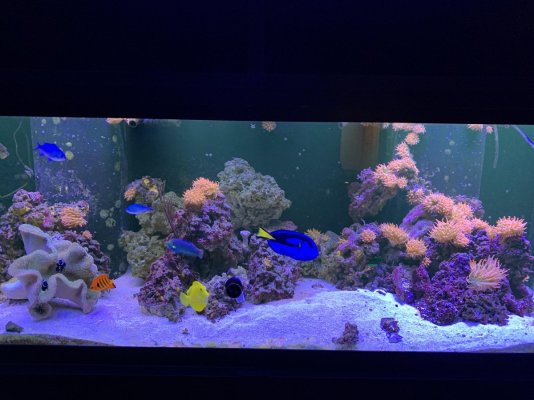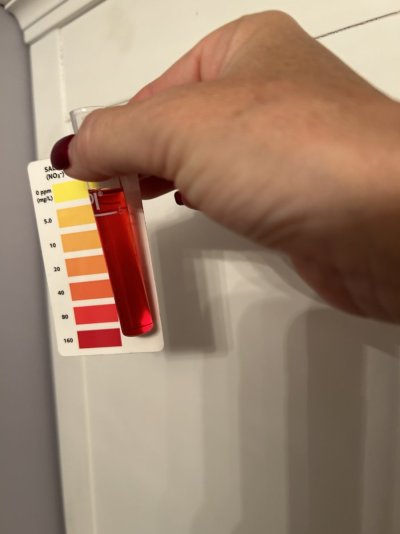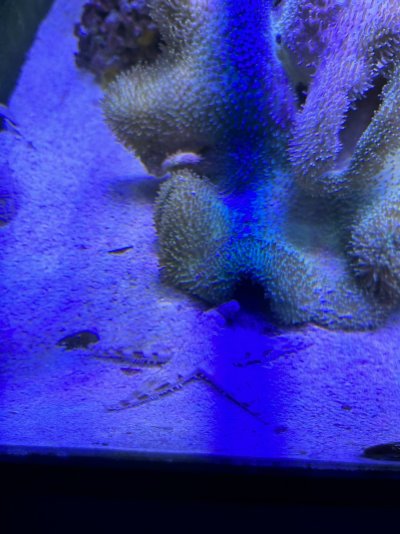- Joined
- Sep 24, 2016
- Messages
- 616
- Reaction score
- 2,024
Just as a scientific heads up. DNA doesn't create amino acids .
Yeah I understand that answer would fail my biology exam
So that said, one of the points I was trying to share was nitrate and phosphate are not the only important "nutrients" in the tank and we should think bigger than that when the net goal of all this is to assemble living coral tissue. Getting the complete picture as a hobbyist might not be realistic but we can constantly work towards an evolving knowledge set
Google searches almost always come up with overly scientific explanations but I found this one helpful for a basic but better understanding.
"The DNA is ultimately the code for the sequence of amino acids in a polypeptide chain, which forms a protein. Each grouping of three DNA nucleotide bases is a code for a specific amino acid. Scientists know which amino acid each DNA sequence codes for; this is called the genetic code. For example, the DNA nucleotide base sequence CTG codes for the amino acid leucine."
Open and honest It would be awesome if the Marine biologists of the world chimed in and even further expanded all of our knowledge sets on this topic and how it applies specifically to corals. A forum like R2R is a perfect place for that evolution of the conversation!
Last edited:

















